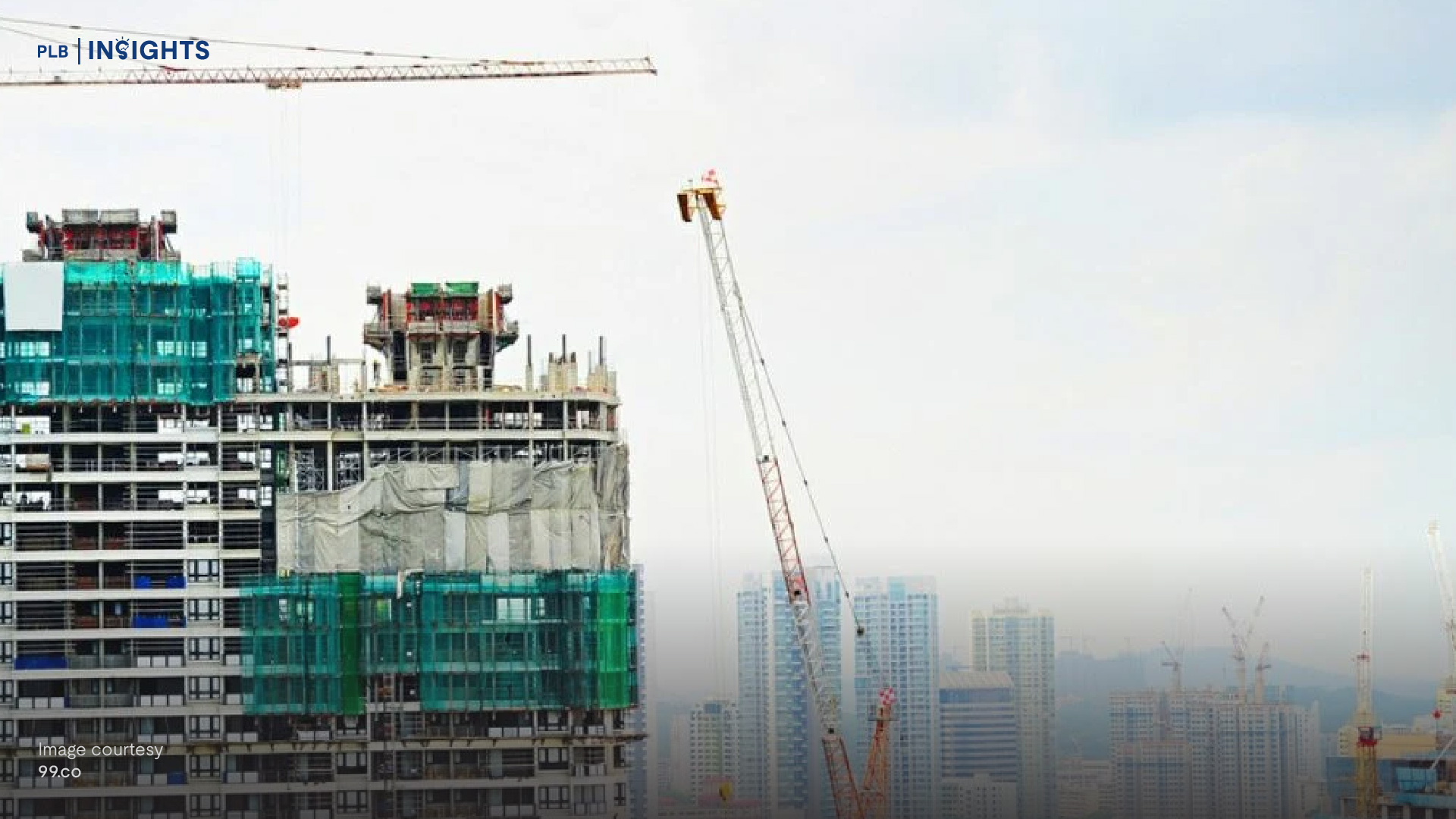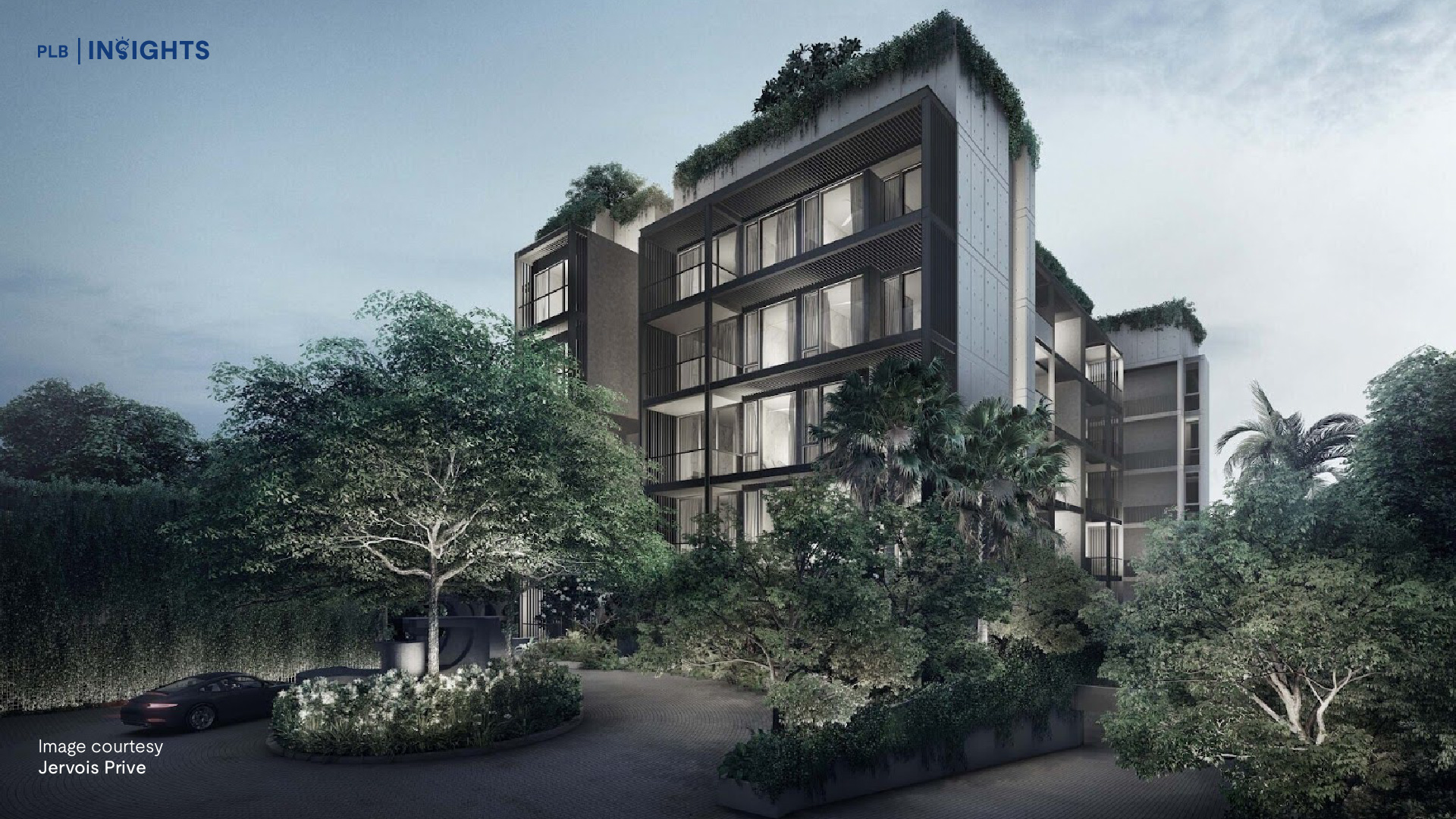
In mid June this year, a 1,044 sqft 3-bedder at Parc Clematis changed hands for $2.6 million, setting a new project record at $2,490 psf. That headline travelled fast because it ticked multiple boxes: recently completed development, three bedroom family size, and a transacted price that pushes the project’s perceived ceiling. As of 13 June, Parc Clematis had already seen 41 resale deals this year at an average of about $2,132 psf, underscoring how active the project has been in 2025.
Then July proved the point even louder. A higher floor, same 1,044 sq ft configuration reportedly moved at $2.69 million on 14 July, lifting the record to $2,575 psf and surpassing the June mark. By 18 July, Parc Clematis had clocked 48 transactions in 2025 at an average around $2,153 psf. Records can be fleeting—new benchmarks are set and then reset, especially in developments with a healthy sales transaction volume.
These highs did not happen in isolation. Across the same week in June, fresh project records also emerged at The Cornwall in District 10 and at 1 Moulmein Rise in District 11, pointing to a broader pattern of buyers paying up for specific attributes rather than a single neighbourhood or tenure type.
The 2025 backdrop: price growth is steady but selective
At the macro level, private home prices rose 1.0% quarter on quarter in Q2 2025, beating the earlier 0.5% flash estimate. Gains weren’t spread evenly—CCR climbed 3.0%, OCR edged up 1.1%, while RCR slipped 1.1%. With fewer new projects launched and fewer units sold directly by developers compared to Q1, more buyers have been turning to the resale market instead. That extra activity in the resale market is often where you start seeing headline-grabbing record prices.
What a new psf price high really signals
A headline psf price is a useful flag, not a full diagnosis. Here is how to read it.
It is proof of price discovery, not a universal new normal
Parc Clematis has many stacks and layouts. A high floor, well positioned 3-bedder transacting at a premium makes sense, but it does not automatically reprice every stack. Micro factors like view corridors, road noise, afternoon sun, and the presence of neighbouring towers still matter. The July resale that reset the record involved the same 1,044 sq ft layout on a higher floor than the June print—this is a classic case of the marginal buyer paying for a specific stack advantage.
Large scale developments accelerate price discovery
Projects with many units and diverse stacks generate more comparable transactions. That liquidity helps sellers anchor asking prices and allows buyers to triangulate fair value faster. It is one reason you see frequent new highs emerging from very large projects. That said, size alone does not guarantee outperformance; some analysis finds that the magnitude of resale price gains is not simply a function of development size. Other work points out that smaller units in very large developments can outperform peers due to early pricing and facilities scale. The truth is nuanced: scale helps with liquidity and amenity value, but unit selection and timing still drive outcomes.
Benchmarks are contagious across micro locations—until they are not
New highs at Clementi, Holland, and Novena during the same fortnight show that buyers will pay for location fit plus unit quality, whether the site is leasehold or freehold. But the URA data for Q2 also reminds us the market is selective: CCR rose strongly, OCR inched up, and RCR fell. Reading any single record as a citywide signal is a common mistake.
Selling in a Mega-Development: How to Price and Position Your Unit
Aim High, But Be Realistic
If your unit is similar to the one that just set the record—same size, facing, floor level, and overall condition—you can try pricing it near that top figure. But treat the record as a reference point, not a fixed rule. Adjust your asking price based on your unit’s exact level and features. Buyers in popular projects like Parc Clematis know what units are worth because so many have changed hands this year. If your price is too far off from reality, your listing could sit unsold for months.
Leverage liquidity as an advantage
Large projects bring more enquiries and viewings, but you will likely be competing against multiple listings within the same development. Your edge is differentiation on readiness and risk: move in condition, minimal renovation lag, and clean paperwork. If your unit solves a family pain point—efficient 3-bedroom layout, proper yard, quiet stack—you can defend a firmer asking price even when neighbouring stacks are cheaper on paper.
Do not anchor to one record if your stack is different
A low floor facing an active road, or a unit with afternoon heat exposure, should not be priced off the highest psf price in the project. In large scale estates, buyers have many substitutes and will quickly switch stacks when value is mispriced.
Buying in a Condo That’s Just Set a New High: What to Know
Look at the Total Cost of Living, Not Just the PSF Price
Bigger homes often have a lower price per square foot than smaller ones, but the overall price tag is still higher. In today’s market, where interest rates are higher but prices are holding steady, the real question is whether the home will suit your needs for the next five to seven years without forcing you to move again soon. Sometimes it’s worth paying a bit more now if it means you won’t have to spend on another move and renovation later.
Use the Project’s Sales Activity to Your Advantage
When a condo has a lot of resale activity, you have plenty of recent examples to compare with. Look at sales from the past six to twelve months for units similar to the one you want, and see how their prices stack up against the record high. At Parc Clematis, there have already been many resales in 2025, giving you solid proof of what’s fair. This way, you can negotiate based on facts instead of feelings.
Keep an Eye on the Bigger Picture
The latest Q2 numbers show that prices are still growing overall, but not evenly across all areas. If you’re buying in parts of the RCR where prices have dipped, you can push harder for a better deal. If you’re looking in the CCR where prices are rising, expect more competition from other buyers. In any case, pair this big-picture view with a close look at the exact unit and stack you’re considering.
Should You Invest in a Mega-Development or a Smaller Project?
Bigger Projects Can Be Easier to Sell, But Results Vary
When a condo has over 1,000 units and plenty of facilities, it often appeals to more buyers when it’s time to sell. That can help homes get noticed faster and sell more quickly. But bigger doesn’t always mean better returns—other factors like the exact unit you choose and the price you pay when buying still have the biggest impact on your profits.
Leasehold or Freehold? Age and Facilities Matter Too
The June records showed that both leasehold and freehold condos can hit new highs. A newer leasehold with great facilities and good transport links can fetch top prices, while an older freehold can also sell for a premium if the unit is rare or in a prime spot. That’s why we saw new records at The Cornwall and 1 Moulmein Rise, as well as Parc Clematis.
Pay Attention to the Market Cycle, Not Just the Headlines
URA’s Q2 numbers show overall prices rose 1.0% from the previous quarter, with OCR still edging up and RCR dipping. If you’re buying for rental income, remember that rents have been stabilising since 2024, so returns can shrink when prices rise faster than rents. It’s safer to buy in areas where the fundamentals are strong enough to hold through policy changes and interest rate shifts, rather than counting on a quick flip.
A practical framework to act on new highs

Compare like for like
A record price from a high-floor, park-facing unit doesn’t mean every unit in the project is worth the same. Always compare your target with units of a similar size, level, and facing before deciding on a fair price.
Check how active the project has been
When a development sees a lot of resale activity, it’s easier to gauge the true market value because there are plenty of recent examples to work with. Parc Clematis’ busy 2025 resale activity shows how a high-volume project can make pricing clearer and negotiations faster.
Keep an eye on the wider market
URA’s latest quarterly numbers can tell you if prices in your area are rising or cooling. If they’ve already jumped this quarter, it may be wise to hold back from paying the very top. If they’ve softened, you could have more room to negotiate.
Know your role
If you’re an owner with a unit similar to the record-setter, you can aim high but should be ready to adjust and present your home well. Buyers should base their offers on recent comparable sales and think about the total cost of living there, not just the psf price figure. Investors should remember that while large projects offer more potential buyers at resale, it’s the unit’s rental appeal and ease of resale that will drive real returns.
Bottom line
New record prices at Parc Clematis show that well-located, recently completed, large developments can keep pushing their price limits—especially when a certain unit type and layout meet strong family demand. But these records alone aren’t a reason to throw caution aside. Use the project’s active resale market to judge value more accurately, check the specific features of the unit, and remember that in a market where growth is steady but not across the board, careful pricing and selection give you the best advantage.
Thinking of buying or selling in a record-setting project? Reach out to our sales consultants for a clear, data-backed strategy that works for your unit.










